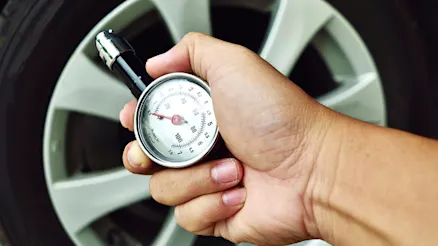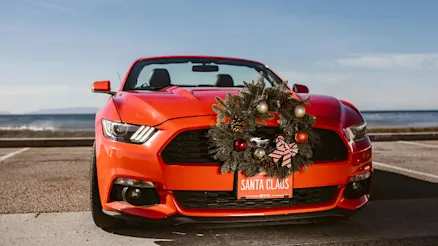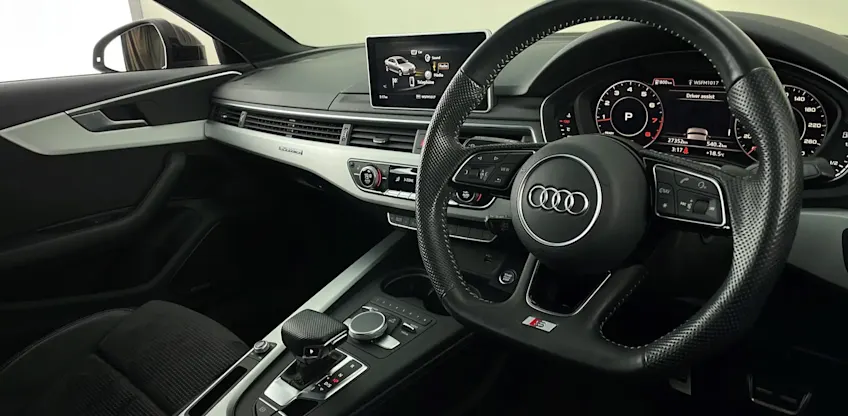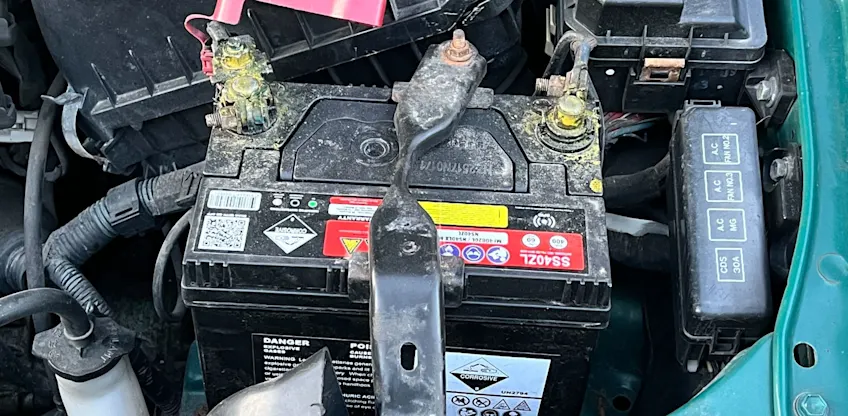
The importance of regularly checking your tyre pressure
Regularly checking your tyre pressure is crucial to your vehicle’s safety, fuel economy and optimal driving.


Regularly checking your tyre pressure is crucial to your vehicle’s safety, fuel economy and optimal driving.

Looking for the perfect gift for the car enthusiast in your life? Carma’s experts have you covered.

Find out which SUVs are best for your next family holiday adventure.
How do you spot a good car when buying second-hand? And perhaps more importantly - how do you dodge a bad one? While there are some stellar deals to be found on the second-hand market, there are also some lemons and shonky dealings to dodge. So how do you tell the difference?
We sat down with two experienced vehicle pros to learn what to look for.
Pete Willis is a car market specialist and Director of Buying at Carma - that means he’s exceedingly good at spotting a quality car. Pete says one of the best first steps you can take is to look over the car’s service history. “The service history needs to match up with the kilometres of the car straight away. This is easy to check through logbooks or service passports, to make sure these line up with what the car is.” So look for cars where the condition matches the documentation.
Service history reflects how a car has been maintained over its lifetime. “Say if a car is four years old and it’s done 60,000 kilometres but doesn’t look like it matches up with what you know, then that’s a sign to dig further. So it's making sure that the hard facts of the car are correct and are true and that the story matches the car.” And if there’s no service history at all, then that’s a sign to steer clear.
Pro tip: Checking service history is simple on Carma, as service history intervals are included for every car listing.

Hugo Acosta is a car quality expert at Carma, and spends his days checking over cars in detail. Hugo says you'd be surprised by what people try to hide when it comes to second-hand cars. Luckily, you can use your five senses to pick up red flags.
“It’s all about using your senses to get a feel about the car when you first sit in it and experience it in your life. If something doesn’t smell right, or there’s a vibration to the steering wheel when something’s wrong, or you can feel a line at the edge of a panel and that’s where it’s been masked up for painting, then think twice. It’s all about looking, feeling, vibration, hearing, and smelling.”
Here are a few specific examples from Hugo as you inspect a used car:
Taking a peek under the covers could expose signs that something is off. “Lift up seat covers and dash mats to make sure the condition of the seat is still intact, because people may have put a seat cover on to hide a big hole in the seat or a cracked dash.”
While some wear is to be expected with second-hand wheels, Hugo says that “uneven wear on tyres is a sign of misalignment or damage that hasn’t been repaired properly.” So check that there’s at least 3mm left on the tyre tread, with consistent wear across the tyre’s surface.
Even in spots where you can’t see, you can feel. “Put your index finger between the panels and if you can feel the differences of panels, that can sometimes mean that the car has been in an accident or the panel has been replaced.”
Varying paint shades or overspray on panels could also be a warning that a vehicle’s been patched up after a prang.
It’s wise to beware of errant oil or fluid that could be a sign of upcoming costs. “Seals around components are designed to keep moisture out, but at certain kilometres or age these start to wear out. If you’re seeing wet patches or marks and there’s not actually fluid leaking out, that’s just seepage instead of an active leak.
“Seepage based on the age of the car is normal wear and tear. But if there’s a leak, it means something needs to be changed.”

A proper look under the hood could quickly help you distinguish a solid buy from a risky one. Hugo suggests checking around the battery terminals for corrosion, “which could mean an electrical fault or that the car may not have been serviced regularly and corrosion has built up.”
While intuition goes a long way as you choose a car, a detailed checklist really helps to ensure you don’t overlook or forget anything important. After all, there are hundreds of small factors that can affect a car’s driving performance and maintenance needs. This is exactly why the team at Carma uses a detailed checklist to ensure every listed car meets criteria across safety, driver comfort, mechanics, interior and exterior condition, technology, vehicle data, and of course the all-important road test.
You can use Carma's checklist for any car inspection, but here’s something even better - if you’re looking for pre-owned cars in Sydney you can search Carma knowing every car has already ticked all the boxes. It’s an easy way to know that every factor, from electric components to the car’s service history, has been thoroughly checked over and addressed.
As Pete says, “You're probably not going to see a better car presented at the level that we go to, to really experience that car and make sure that once you’re sitting in it that it actually all matches up to the information you have.” Add to that Carma’s 3 month warranty and 7 day return period, and it’s easy to buy with peace of mind.
Keep these expert tips in mind as you choose a car, and you’ll be on the right road to securing a car you’ll love driving and owning. And if you’re a little unsure of where to start on your search, our CarMatch selection tool is a great place to begin.